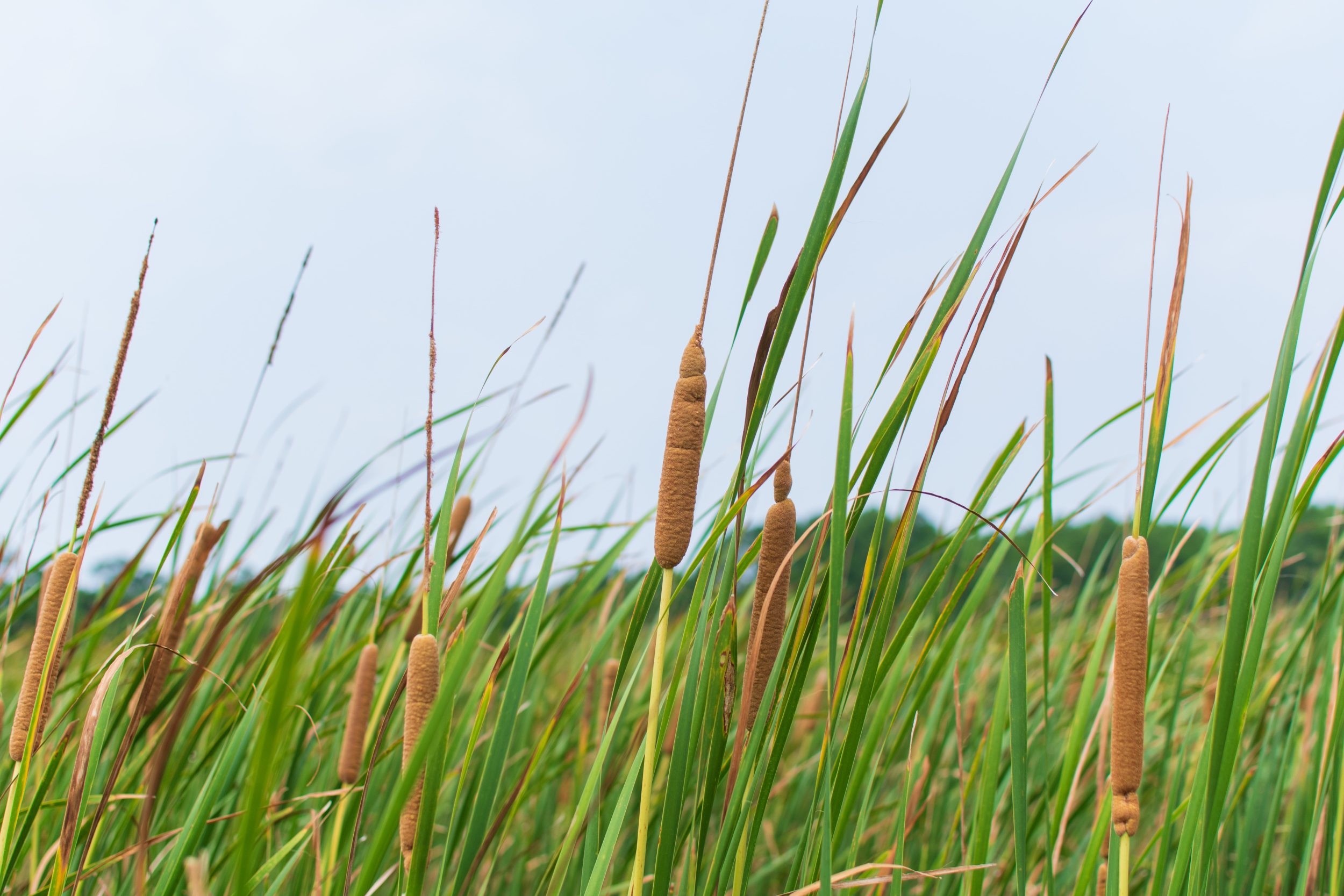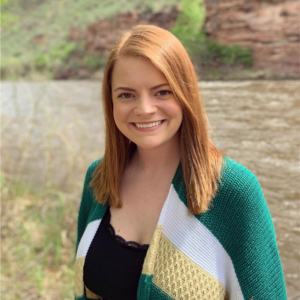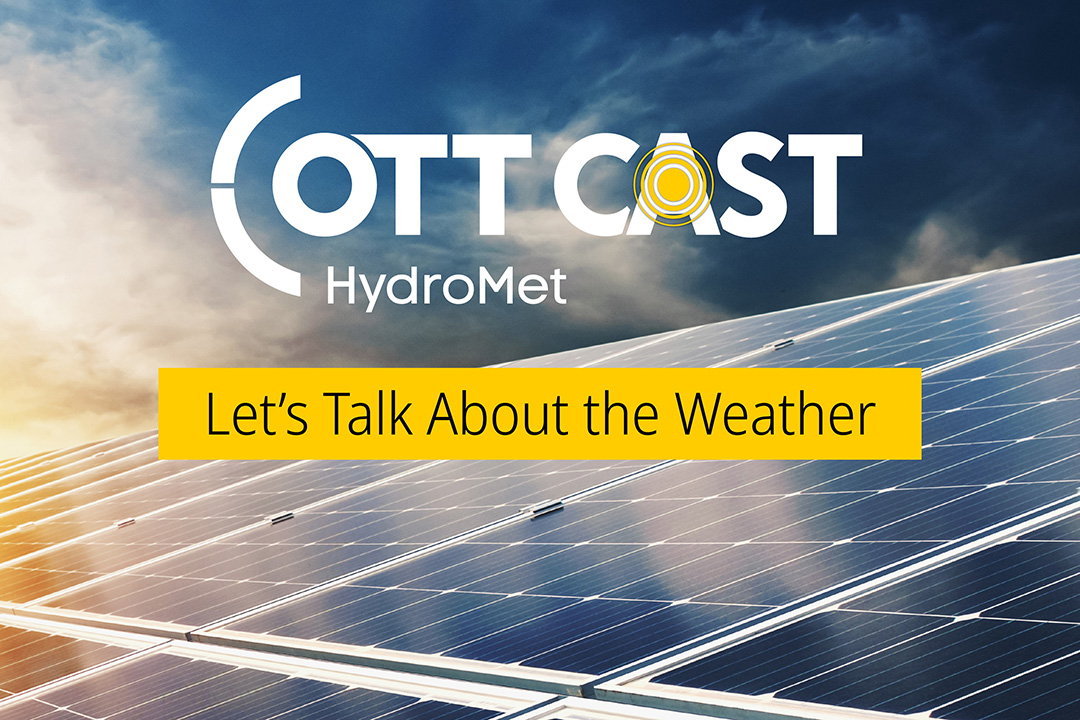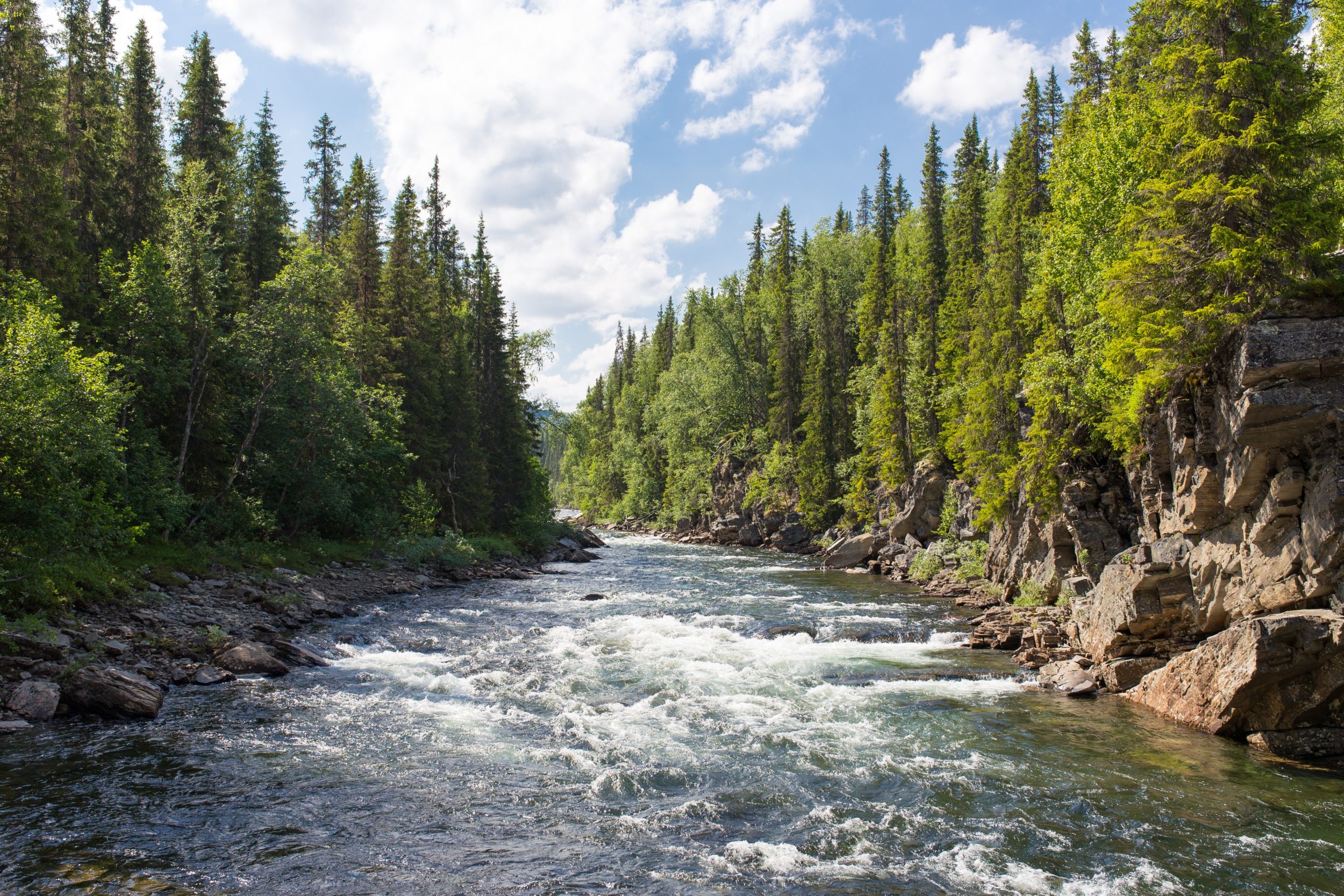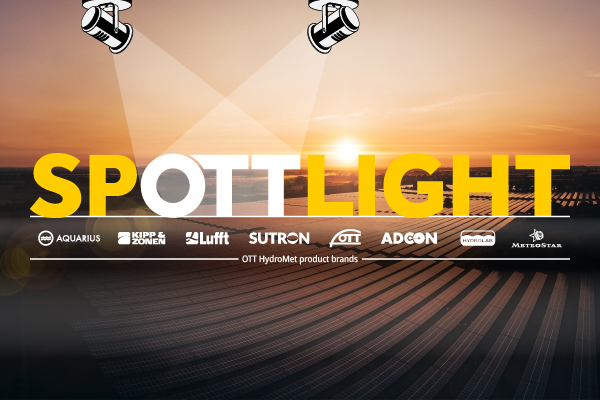Today, we are joined by Territory Manager Jeremy Thompson as he treks deep into the swamps of Louisiana to observe how water is being monitored in this critically important ecosystem. Thank you for joining us!
The Importance of Monitoring Wetlands
Wetlands are among the most productive ecosystems in the world, comparable to rain forests and coral reefs. An immense variety of species of microbes, plants, insects, amphibians, reptiles, birds, fish, and mammals can be part of a wetland ecosystem. Wetlands provide value that no other ecosystem can including water quality improvement, flood protection, shoreline erosion control, and others (EPA).
In 1990, the U.S. Congress enacted the Coastal Wetlands Planning, Protection, and Restoration Act (CWPPRA) in response to Louisiana’s land loss crisis. Since 1990, the CWPPRA Program, a joint federal and state effort, has authorized over 200 coastal restoration and protection projects.
The Coastwide Reference Monitoring System (CRMS) was designed to monitor the effectiveness of restoration actions at multiple spatial scales from individual projects to the influence of projects on the entire coastal landscape. The CRMS design includes a suite of sites encompassing a range of ecological conditions in swamp habitats and fresh, intermediate, brackish, and salt marshes. Approximately 390 sites are monitored using standardized data collection techniques and fixed sampling schedules. CRMS sites are located within or outside of CWPPRA restoration and protection projects. The CRMS reference network approach allows for comparisons of changing conditions at CRMS sites within and outside of restoration and protection projects.
Jeremy, can you tell us a little bit about your role at OTT HydroMet?
Jeremy: I currently support our customers located in the southern part of the United States including Louisiana, Mississippi, Arkansas, Alabama, and Georgia. I enjoy days like this where I get to be face-to-face with our customers out in the field. It creates a great collaboration opportunity to gather feedback on how we can design our products to better suit their application needs. For me, it’s also a great learning tool; our customers know our equipment better than I do in some cases and I learn from them each time I go out to see where our technology is being leveraged.
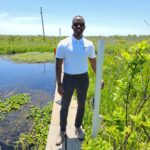
What is the importance of taking measurements at this location?
Jeremy: The purpose of this monitoring site is to measure the effects of water level on the surrounding vegetation. In this location, increases in water level usually come from the intrusion of salt water. These changes in the water impact the surrounding ecosystem.
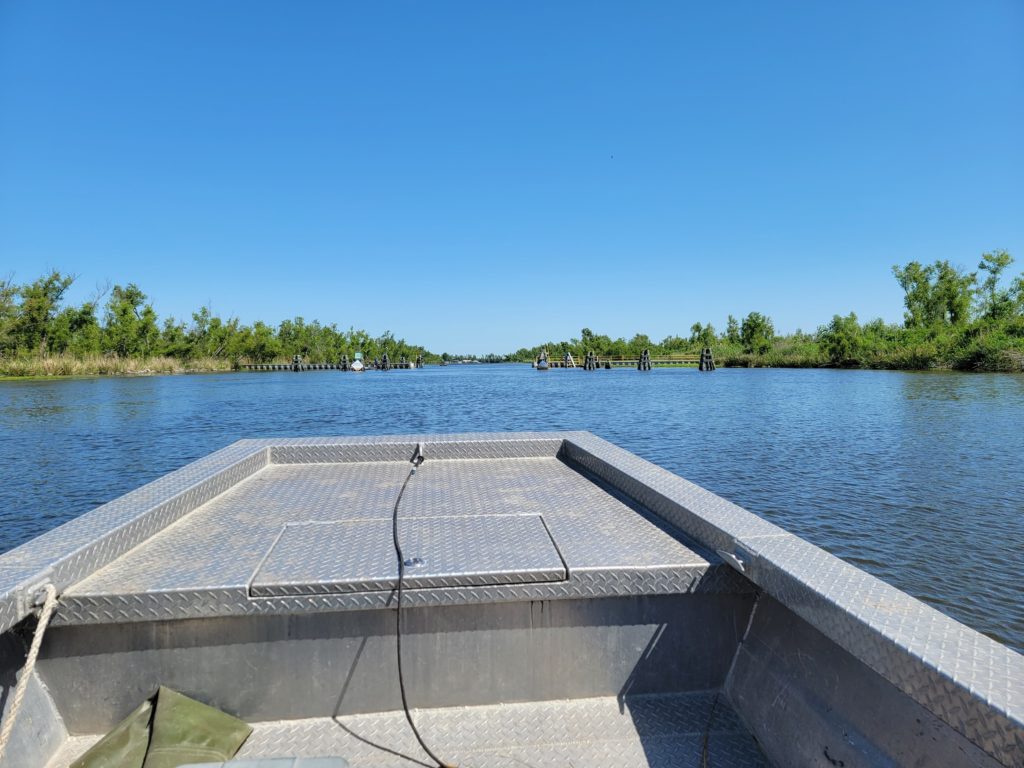
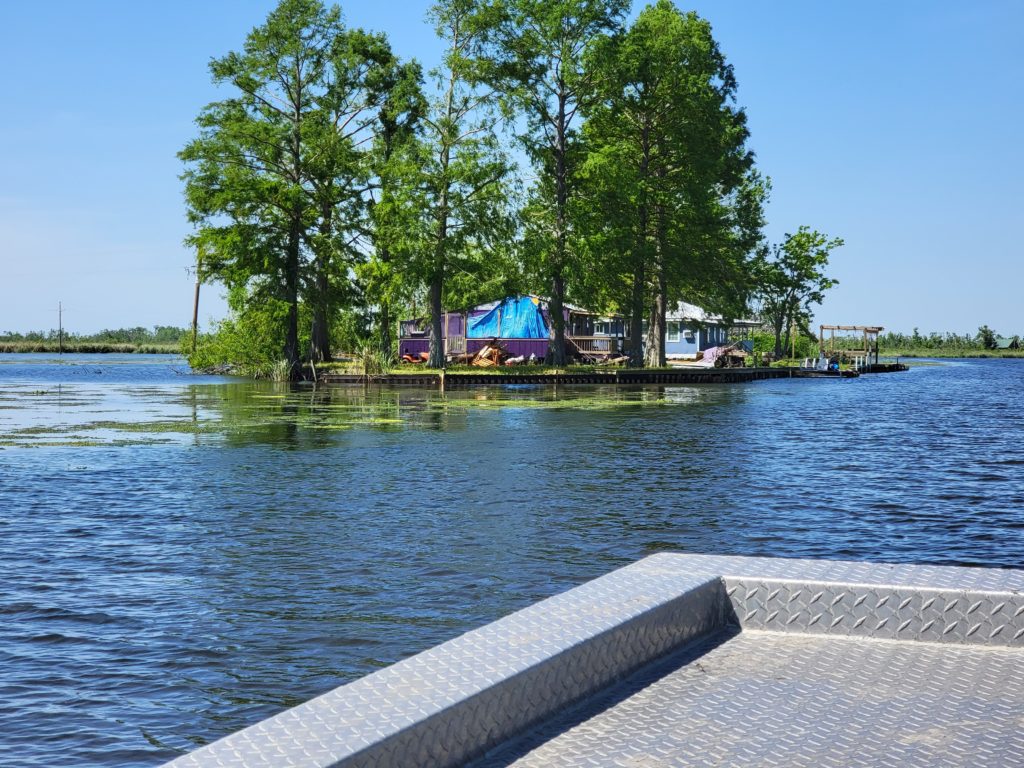
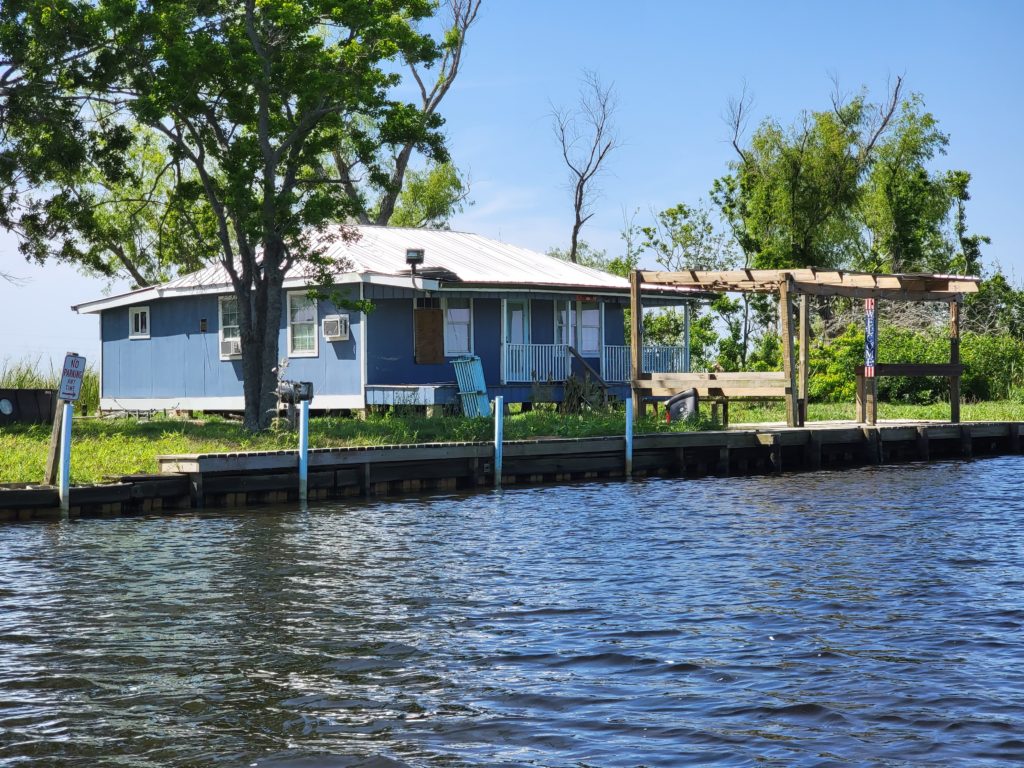
What is unique about monitoring in a wetland like this?
Jeremy: It can be difficult to access monitoring sites. We installed the equipment in an area closest to the boat dock and it still required a 20-minute boat ride. Not accounting for preparing and launching the boat. Environmental factors like humidity and temperature also play a big role in what types of devices can survive and thrive in these wetlands.
After a 20-minute ride from the boat dock, Jeremy arrives at the site location to deploy the OTT ecoLog 1000, all-in-one water level logger and telemetry solution. Once the 10-minute installation is complete, the device is up and running, providing continuous water data back across the swamp to the office via the device’s integrated cellular modem. Now that the ecoLog 1000 is in place, there is no need to visit the site to retrieve the valuable data.
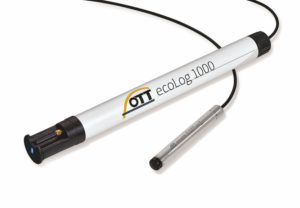
What common water challenges does this type of monitoring solve?
Jeremy: Due to limited personnel, gathering data can be quite time consuming when you are visiting hundreds of sites across a network. A monitoring solution like the ecoLog 1000 is easy to install, conceal and saves the user valuable time by limiting the need for site visits. Also, the fact that the user will not need a battery, solar panel, etc. to run the station and obtain real-time insights is huge.
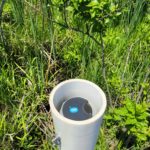
Enabling Decisions to Protect the Environment
Wetlands are abundant ecosystems with thriving biodiversity that provides various ecosystem services. Despite their importance, wetlands are often misunderstood and undervalued. By supporting our customers with innovative monitoring solutions, we can truly capture the value of water and the benefit of restoring our wetlands.
What does installing the OTT ecoLog 1000 look like?
Interested in learning more about our water monitoring solutions?
Cattail photo by Elijah Mears on Unsplash
